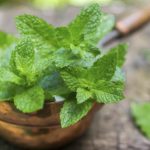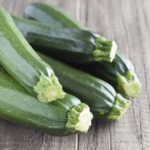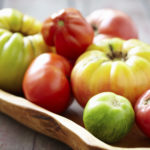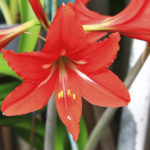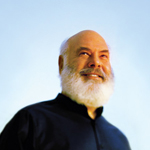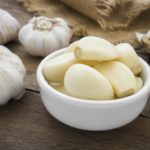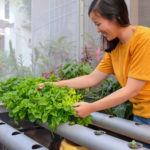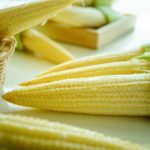Dandelion: The Accidental Vegetable
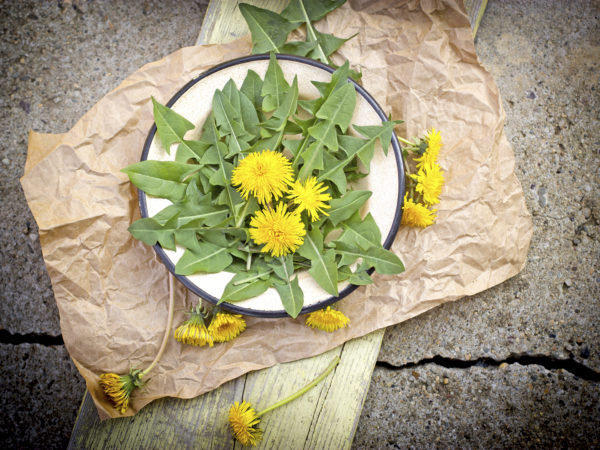
The common name of the daisy is shorthand for what it was once known as the “day’s eye.” If you, like me, thought the common name of the dandelion was a similar compound – of “dandy” and “lion” – you’d be half right. We take our name for this ubiquitous plant from the French dents-de-lion, “tooth of the lion,” the idea being that the bright yellow, bushy flower is the lion and the tooth is the serrated leaves. The name of the plant refers to its most easily accessible part, and most valuable: the leaf can be eaten raw in salads or cooked like other greens.
Still, my mother, like any perfect-lawn aficionado, cursed this little plant and any neighbor who dared let it go to seed within half a city block. She used the nickel-a-weed incentive to try to get me to pull dandelions, but her price couldn’t compete with the ten cent bottle deposit in Michigan to make it worth my while (a good cache of cans after a football game could keep me in baseball cards, gum and candy for days). Anyway, any kid knows the magic of a dandelion is in spreading it. You pick it and with a puff of breath, the spherical seedhead explodes into the wind, and seeds magically disperse. I can hear my mother complaining now.
Another youthful dandelion adventure: after having learned that “dandelions are edible” in school, I naturally decided to eat one, specifically, the white seedhead. The seeds clung to my tongue, roof of my mouth and gums and caused such discomfort that I was certain I had done something so shameful that this is the first time I’ve admitted to the act.
Though we don’t grow dandelions, Taraxacum officinale, at Dr. Weil’s ranch, chances are you inadvertently grow dandelions in your front yard. And if you don’t, your neighbor does (before you harvest or eat such dandelions, make sure the lawn has been maintained without pesticides or herbicides). But you don’t have to leave your dandelion harvest to chance. Cultivating dandelions has long been practiced for food and medicine. All parts of the plant (except the seeds) can be used. The fresh, bitter (sometimes blanched) leaves can flavor a spring salad, the (twice) boiled root can become a serving of vegetables with dinner, and the “wine” made from the yellow flower and the roasted root can become a coffee substitute.
Dandelion seeds should be sown directly in a sunny position in the garden where the soil is rich and well drained. Because dandelions are prolific seeders they should be placed in a carefully chosen position where they can be maintained and controlled. It is likely that they will readily naturalize. The term naturalize simply refers to plants that will sow their own seeds and return year after year. Plants that naturalize easily should be selected with the understanding that future generations will carefully choose for themselves their own positions in which to grow, ignoring arbitrary borders such as property lines and garden beds.
The dandelion’s host of uses, both medicinally and in the kitchen, has been superseded by its modern categorization as a weed. That’s unfortunate, as herbalists have long prescribed its tonics for relief of various liver conditions. Nutritionally, it provides more nutrients than many greens we commonly eat. It has exceptionally high quantities of vitamin A (more than carrots) and good amounts of vitamin C, B6 and thiamin, riboflavin, folic acid as well as the minerals calcium, iron, copper and manganese.
Commercially cultivated dandelion is grown in the dark to prevent the bitter taste of its wild relatives. Cultivars commonly available through seed catalogues that can be grown in the garden should also be less bitter than wild varieties. Early spring is the best time to collect the young leaves, wild or not, and the roots can be dug in autumn.
So I urge you to imagine a lawn filled with dandelions as a nutritious, tasty garden that you didn’t have to plant. Eat some, and leave the rest to spread their seeds to the winds. But don’t tell my mother.
By Jace Mortensen, Guest Commentator
DrWeil.com News


